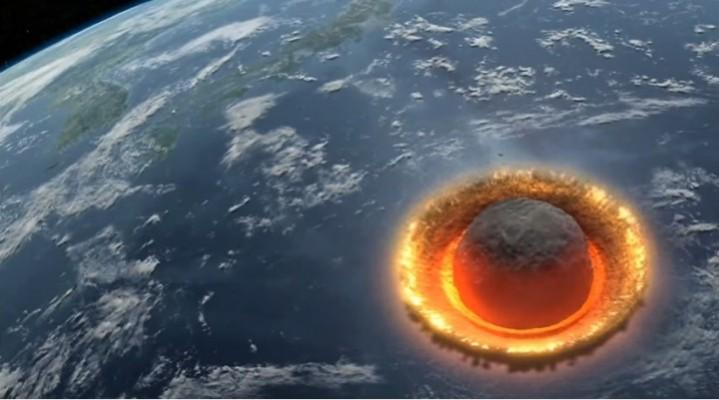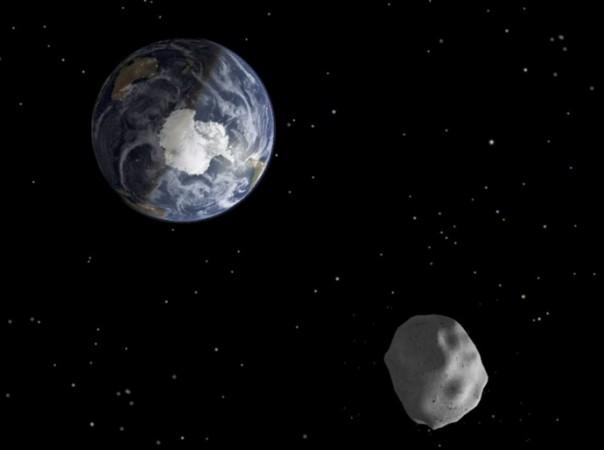
It is only a matter of time before a large asteroid strikes Earth, causing a natural catastrophe that will bring an unprecedented amount of ruin, experts from Northern Ireland have warned.
Dr. Alan Fitzsimmons, an expert at Astrophysics Research Center at Queen's University Belfast (QUB), said that the destruction, which will be caused by the impending asteroid strike is inevitable. He compared it to the destruction of the Tunguska event of 1908, when a meteoroid exploded in orbit above a Siberian forest, raining impactors on the woods below.
Reports state that the impact of the meteoroid explosion was estimated to have been the equivalent of 3 to 5 megatons of TNT (333 to 500 times as much power as the atomic bomb dropped on Hiroshima).
The explosion reportedly flattened 770 square miles of surrounding forest, although no human casualties were reported in the incident. However, had the event occurred at a densely populated area, it would have killed millions of people.

Earth has luckily avoided huge asteroid strikes in recent times. It was reported that in January an asteroid as big as the Tunguska impactor had reached within 110,000 miles of Earth's surface, which is not a very large distance according to astronomical standards.
An asteroid nearly half a mile long is also expected to pass closely to Earth in August 2027, and has a chance of striking the planet on its way.
"It is important to know that scientists and engineers have made great strides in detecting near-Earth asteroids and understanding the threat posed by them," Fitzsimmons said, according to Sputnik news reports. "Over 1,800 potentially hazardous objects have been discovered so far, but there are many more waiting to be found.
"Astronomers find near-Earth asteroids every day and most are harmless. But it is still possible the next Tunguska would take us by surprise, and although we are much better at finding larger asteroids, that does us no good if we are not prepared to do something about them," Fitzsimmons added.
Fitzsimmons contributes to the European Research Council's NEOshield-2 project. The particular project is meant to observe any potentially hazardous asteroids, which could strike Earth in the near future, and to devise cost-effective methods and ways to prevent such a collision.
Reports state that around 2,000 asteroids are currently being monitored by authorities.

















